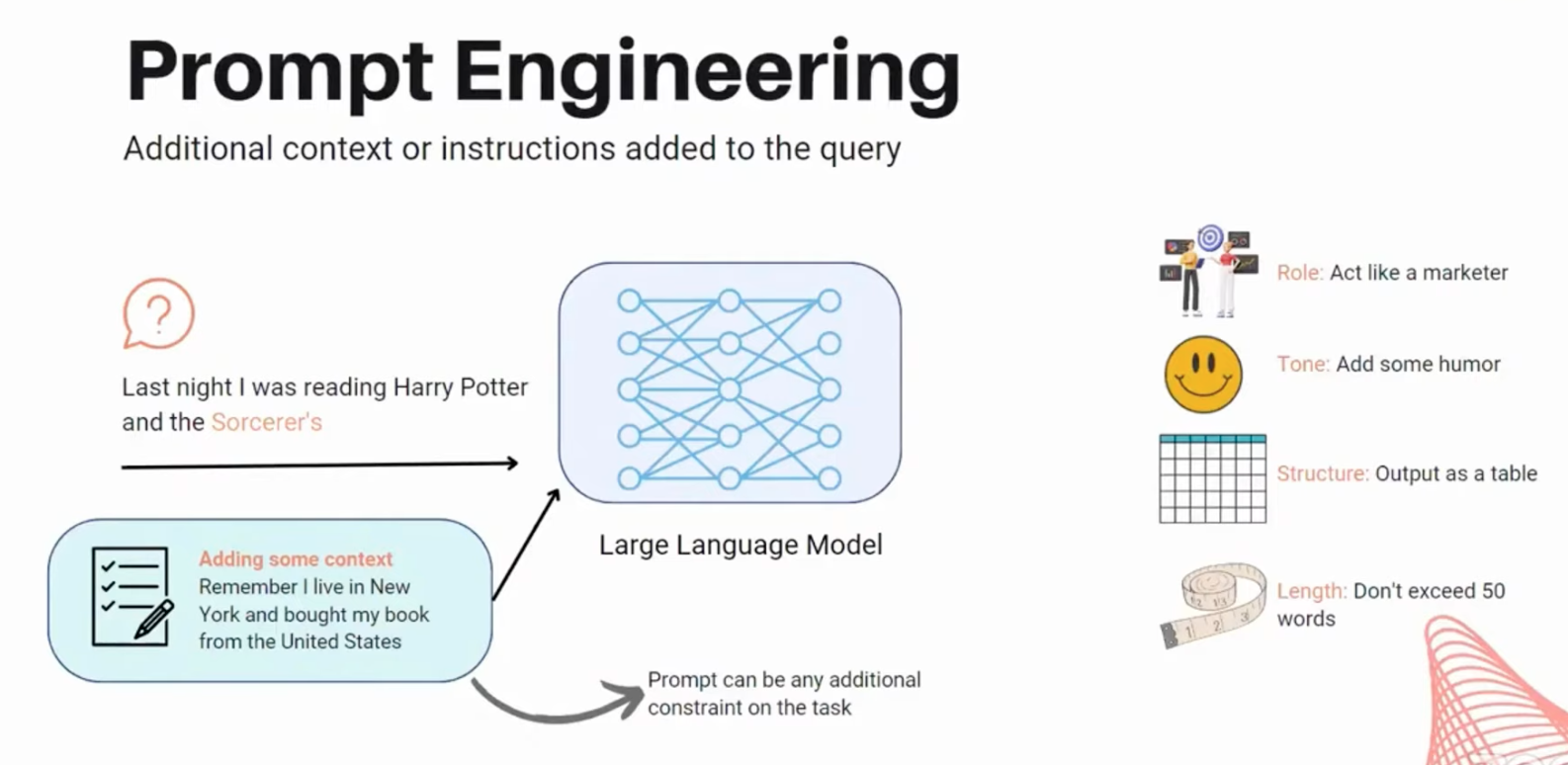AI video generators are tools that use artificial intelligence to automate and enhance the video production process from beginning to end, revolutionizing the industry by offering new capabilities to creators. These generators facilitate the conversion of text to videos, the incorporation of animations, and the creation of realistic avatars and scenes through AI algorithms.
For instance, Synthesia is an AI video generator that allows users to create videos from scripts by employing AI avatars. Primarily used for educational content, Synthesia has streamlined what was previously a lengthy, complex process into a straightforward operation using a single software platform.
Moreover, tools like InVideo enable users to quickly transform blog content into video formats and assist in crafting video scripts. This functionality is particularly beneficial to marketers, simplifying the process of creating video advertisements.
7 Techniques for better AI Video Generation
Here are several methods for optimizing AI video generators to create highly relevant content:
- Establish Clear Goals: Clearly define the objectives of your video. For example, for a product launch video, detail the product’s features, applications, and the reactions you hope to evoke in customers. This will help direct the AI’s creative process.
- Comprehensive Script Guidance: Supply not only the script but also directives on the voice, tone, and video duration. Articulate the goals of your campaign and the intended audience to ensure the AI-generated video aligns with your strategic vision.
- Precise Visual Instructions: To achieve a specific visual style, like storyboarding or art direction, provide comprehensive descriptions of the required imagery, color schemes, and overall aesthetic. Art directors, for example, utilize AI tools to effectively explore and visualize creative ideas.
- Storyboard Creation: Utilize AI to convert descriptive text into visual storyboards. For instance, Arturo Tedeschi employed DALL-E to translate classic movie texts into storyboards, illustrating the connection between language and visuals.
- Detailed Shot Lists: Convert a script into a meticulous shot list using AI tools to maintain the desired narrative flow within your timeline.
- Iterative Feedback: Use feedback to refine visual styles in AI-generated images. Platforms like Midjourney facilitate this iterative process, allowing for adjustments and enhancements to the visual outcome.
- Creative Innovation: Leverage the unique ‘natural aesthetic’ that AI offers, as noted by filmmakers like Paul Trillo. Explore and incorporate new visual styles emerging from AI as they gain popularity.
By implementing these approaches and providing precise, detailed prompts, you can steer AI video generators towards producing content that closely matches your vision. Remember, while AI tools are potent, they still benefit from human oversight to ensure that the final videos achieve your goals and embody your creative intent.
Read related articles:

